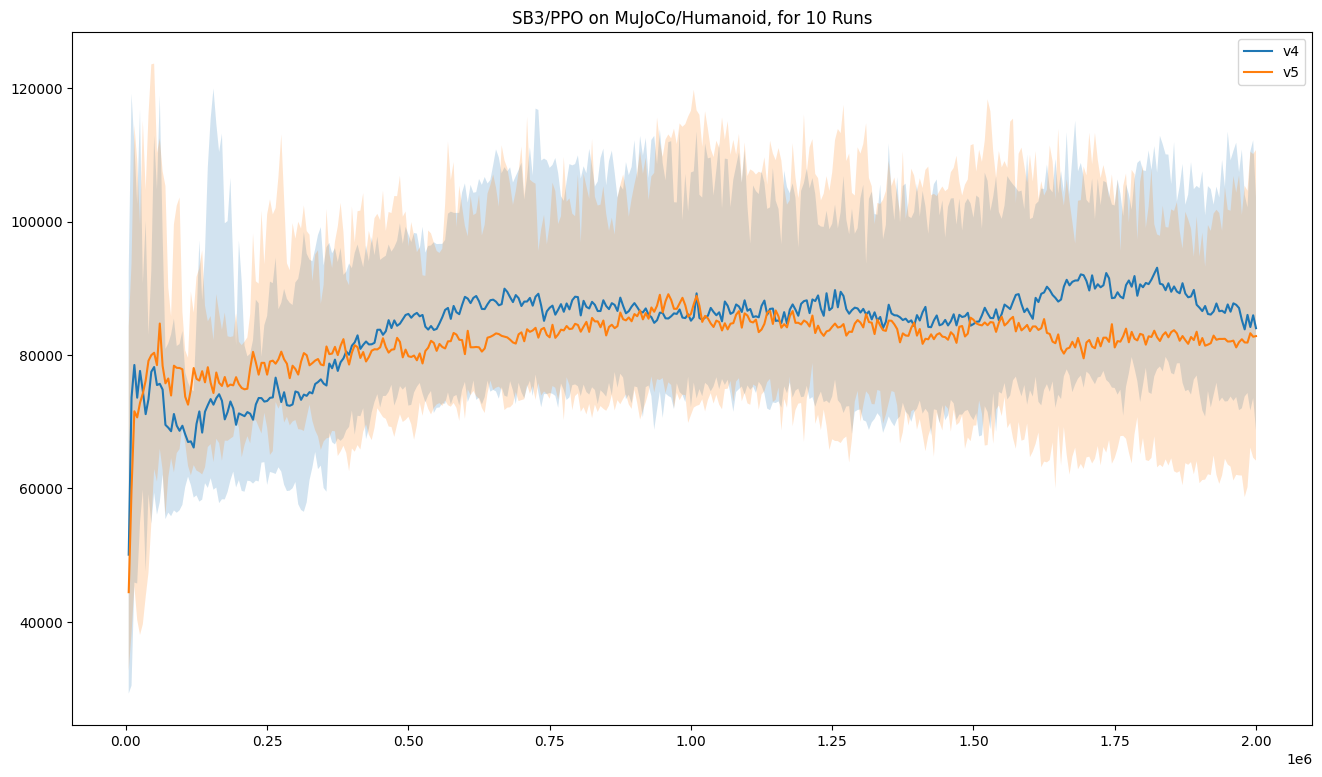-
-
Notifications
You must be signed in to change notification settings - Fork 894
New issue
Have a question about this project? Sign up for a free GitHub account to open an issue and contact its maintainers and the community.
By clicking “Sign up for GitHub”, you agree to our terms of service and privacy statement. We’ll occasionally send you account related emails.
Already on GitHub? Sign in to your account
Which Bodies does MuJoCo.Humanoid have #204
Comments
|
I suspect there is an issue with the docs as it looks like there is a missing angle 2 given everything is mirrored |
|
@pseudo-rnd-thoughts no that is an unrelated issue @rodrigodelazcano can you answer this? |
|
Thanks for bringing this up @Kallinteris-Andreas. This actually opens another discussion/fix that we should make to the mujoco environments. The quick answer is that the Now, the next question to be answered is if the observations related to this body should be included in the observation space since they will be 0 and are not intrinsic to the agent. Same happens with the other mujoco environments like Ant. We need to test if this is true like in #214 and then actually consider a possible v5 version for this situation. This fix and new version can wait until we make the transfer of the mujoco environments to Gymnasium-Robotics since the research up til today has been done with the current observation space. |
|
Damn it, |
|
|
Yes, this is another redundant observation. Reading the MuJoCo docs I found an explanation (https://mujoco.readthedocs.io/en/latest/computation.html?highlight=moment%20arms#actuation-model)
My suggestion is to keep |
|
It is difficult to tell, but green looks to have high variances at the beginning then stabilise with blue while orange has a massive variance. What are our guiding ideas of when to make a change and when to not? |
|
Orange (no ctn), having massive variance, is because of effectively more exploration (contact forces are sparse). Comparing blue and green. They have close enough variance. (Which is exactly the expected behavior) |
import gymnasium
import numpy as np
import time
#env = gymnasium.make('Ant-v5', render_mode=None)
#env = gymnasium.make('Humanoid-v5', render_mode=None)
#env = gymnasium.make('Humanoid-v5', xml_file='/home/master-andreas/op3-scene.xml', render_mode=None)
env = gymnasium.make('Humanoid-v5', xml_file='/home/master-andreas/casie-scene.xml', render_mode=None)
env.reset()
#breakpoint()
for ep in range(100):
for step in range(10000):
env.step(env.action_space.sample())
#time.sleep(0.05)
assert np.all(env.unwrapped.data.cinert[0] == 0)
assert np.all(env.unwrapped.data.cvel[0] == 0)
assert np.all(env.unwrapped.data.cfrc_ext[0] == 0)
assert np.all(env.unwrapped.data.qfrc_actuator[:6] == 0)
#assert np.all(env.unwrapped.data.qfrc_actuator[-2] == 0)
#print(env.unwrapped.data.qfrc_actuator)
#breakpoint()For the sake of completeness I tested 3rd party models cassie & op3 |



Question
Mujoco.Humanoid's documentation says it has 14 bodies (
nbody=14)https://gymnasium.farama.org/environments/mujoco/humanoid/
but I can only count 13 in the xml file
https://github.com/Farama-Foundation/Gymnasium/blob/main/gymnasium/envs/mujoco/assets/humanoid.xml
am I missing something, which is the 14th body
Thanks!
The text was updated successfully, but these errors were encountered: